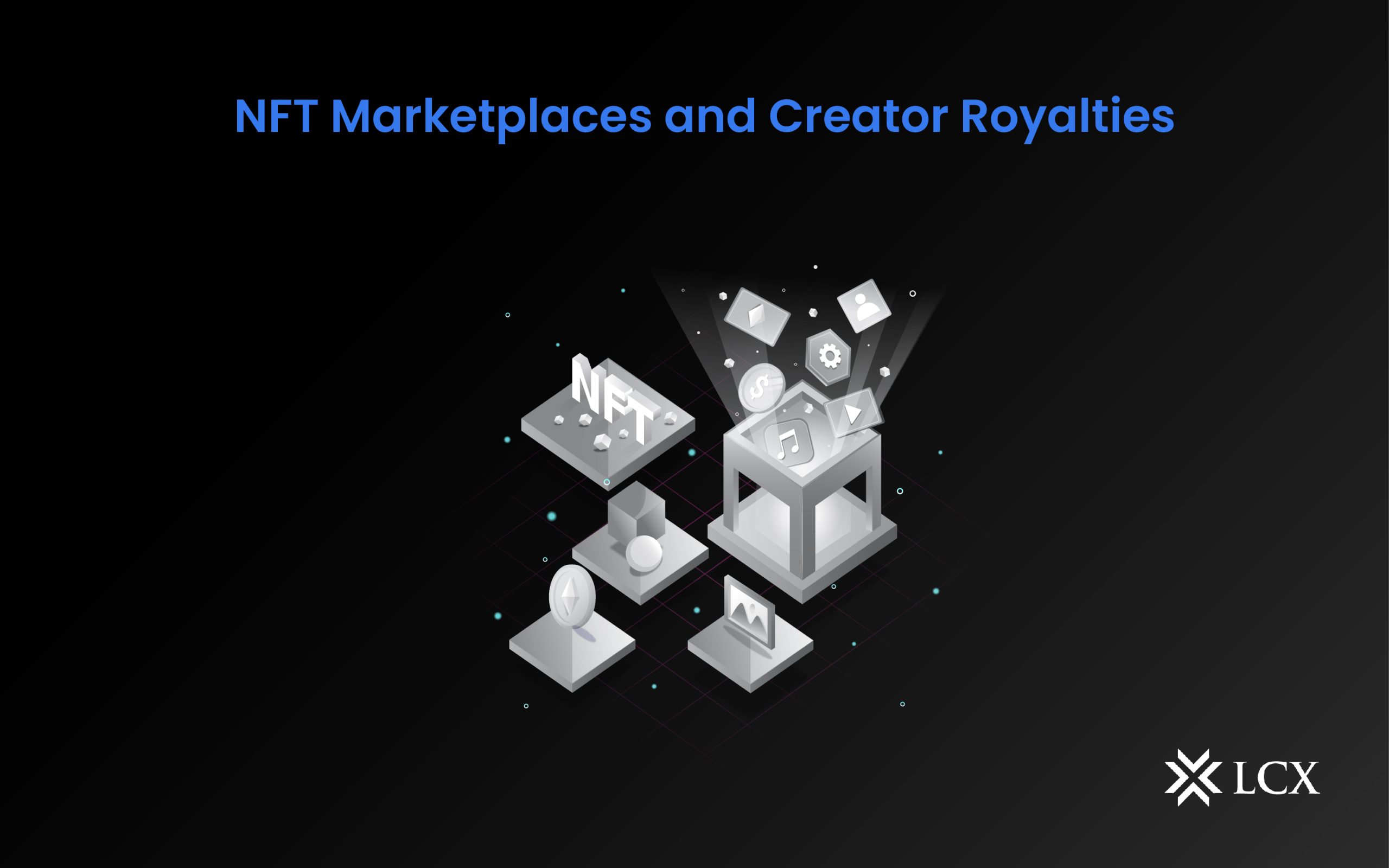With the ever-increasing popularity of NFTs, unique digital assets with varying prices from a couple of dollars to several million dollars can be bought and traded on numerous platforms. The fact that NFT’s revenues reached $2 million in March 2023 demonstrates its immense growth potential. Yet, as the market for non-fungible tokens continues to expand, problems about the allocation of royalties to the NFT artists of these digital assets are being raised. Some NFT marketplaces offer automated royalty payments to creators whenever their NFT is sold, whilst others do not; this raises questions over the sustainability of the NFT ecosystem.
How NFT Markets Edge Creators
NFT markets offer several important advantages for creators. The potential to earn recurring royalties on their work is one of the most substantial advantages. This guarantees creators receive fair payment for what they do and offers them a regular income stream. This is especially useful for individual creators that might not have exposure to conventional revenue streams such as marketing or sponsorship.
NFT marketplaces also enable creators to monetize their work without having to rely on traditional gatekeepers such as galleries or record labels. This might be an effective instrument for creators who wish to retain ownership over their work and income.
Lastly, it can contribute to the development of a more equal system for creators. It can be challenging for new artists to make a living in traditional art marketplaces. NFT marketplaces enable these creators to monetize their work and earn a proportionate share of the earnings.
The Future of Creator Royalties in NFT Marketplaces
The sustainability of NFT marketplaces is closely associated with the future of creative royalties. As NFTs continue to gain popularity and more creators seek to commercialize their work through these digital assets, the significance of compensating creators fairly will only grow. As a result, they must continue to improve in order to provide creators with a fair and equitable framework.
The creation of new royalty systems is a potential future for NFT marketplaces. Despite the fact that many NFT marketplaces feature built-in royalty mechanisms, there is potential for development. Many artists may opt for an arrangement that permits them to choose their own royalties or alter their rates over time, for instance. In addition, there may be chances for markets to offer tiered royalty systems, in which producers earn a greater proportion of successive purchases as the value of their NFT increases.
The creation of more specialized platforms is another possible future for NFT marketplaces. While there are presently a number of NFT marketplaces that enable producers to sell a wide variety of digital assets, there may be an increase in the number of content-specific platforms. For instance, there may be marketplaces that cater exclusively to independent creators or that specialize in music or video material.
With the new royalty systems and specialized platforms, NFT marketplaces may also begin to investigate new revenue streams. In exchange for a monthly charge, certain markets may provide subscription-based models in which purchasers can access relevant content or cut the cost of NFT purchases. This might provide creators with a reliable source of revenue and inspire more consumers to invest in NFTs.
Conclusion
The future of NFT marketplaces in terms of creator royalties will ultimately depend on a number of variables, including market demand, technological improvements, and legislative changes. Yet, one thing is certain: as the NFT market continues to expand and evolve, it will be crucial for marketplaces to provide artists with a fair and equitable structure. By doing so, they may ensure that the benefits of NFTs are shared by all parties, including artists, buyers, and platforms.










